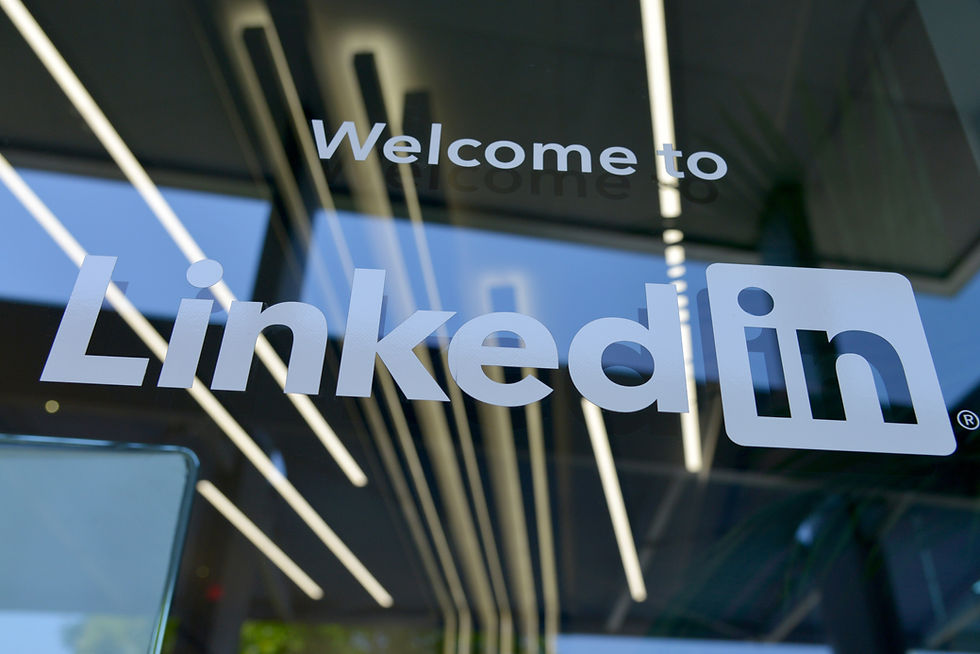Digital Payments & Social Commerce: How UPI Is Changing the Way Indians Shop Online
- Active Toast

- Apr 12
- 4 min read

In India, online shopping is no longer just a trend—it’s a digital revolution. And at the heart of this revolution is UPI (Unified Payments Interface), a seamless, instant payment system that has changed the way Indians buy, sell, and interact online. But UPI isn’t just a payment method. It’s a social commerce enabler, a small-business booster, and an infrastructure shift that’s quietly redefining digital India.
This blog explores how UPI is fueling the growth of social commerce and what this means for Indian entrepreneurs, small businesses, and customers.
What Is UPI and Why It Matters
Unified Payments Interface (UPI) is a real-time payment system developed by the National Payments Corporation of India (NPCI). It allows users to instantly transfer money between bank accounts using a mobile device, without needing to enter bank details every time.
In 2025, UPI is not just a convenient tool—it’s become an essential part of daily commerce, used for everything from paying for vegetables at a street stall to making large e-commerce purchases. As of now, UPI handles billions of transactions monthly, contributing significantly to India’s digital economy.
The Rise of Social Commerce in India
Social commerce refers to buying and selling products directly through social media platforms such as WhatsApp, Instagram, and Facebook. In India, social commerce has gained massive traction among Tier 2 and Tier 3 cities where traditional e-commerce apps haven't fully penetrated. With increasing mobile usage and digital literacy, people are more comfortable browsing, interacting, and buying through platforms they already use to socialize.
How UPI Is Fueling Social Commerce
1. Instant, Seamless Transactions
One of the biggest barriers to online shopping—especially in non-metro areas—was the lack of trust in online payments. UPI changed that. Instant money transfer with no fees, combined with trust in banks and apps like PhonePe, Google Pay, and Paytm, has made online purchases feel safer and faster.
2. Enables Micro-Entrepreneurs
Thousands of small business owners now sell directly via WhatsApp or Instagram DMs. From sarees and handicrafts to homemade snacks and jewelry, sellers use UPI to accept payments without needing a website or payment gateway.
Example: A home baker in Surat promotes cakes on Instagram Stories. She confirms orders through DMs and receives payment through UPI—no tech setup, no extra cost.
3. Lower Cost of Entry
With no need to set up a payment gateway or complex checkout system, UPI drastically reduces the cost and friction of selling online. A shopkeeper or small seller can start taking orders the same day they start promoting products.
4. Integration With Messaging Platforms
With the rollout of WhatsApp Pay and deeper UPI integrations on messaging platforms, businesses can now close sales within the same app. A customer sees a product, chats with the seller, and pays—all without leaving WhatsApp.
5. Real-Time Order Processing
Since UPI transfers are instant, sellers can confirm orders quickly, increasing trust and satisfaction. This speed is particularly important in categories like food delivery, fashion drops, and flash sales.
UPI + Social Proof = Higher Conversions
In social commerce, buying decisions are heavily influenced by peer recommendations, reviews, and social validation. When combined with easy payment methods like UPI, this can lead to much higher conversion rates than traditional e-commerce.
For instance, a fashion influencer promoting handmade bags from a local seller can drive traffic and instant UPI payments through a direct link or QR code in Stories.
The Shift in Consumer Behavior
Indians are increasingly choosing convenience and familiarity over brand prestige. UPI allows them to support local businesses without jumping through hoops. Trust in digital payments has grown, and more users now feel comfortable transacting via QR codes, links, and UPI handles.
What Small Businesses Should Do Now
1. Embrace UPI
If you’re not already accepting UPI, set it up. It takes minutes. Use apps like PhonePe, Google Pay, Paytm, or even your bank’s UPI app.
2. Promote Your UPI Handle Clearly
Add your UPI ID or QR code on your Instagram bio, WhatsApp catalog, Facebook page, and other social handles. Make it easy for customers to pay.
3. Use Chat to Sell
Use WhatsApp Business tools, auto-replies, and catalogs to make shopping and payment smoother. If you get DMs asking for price or availability, use that opportunity to push a quick UPI checkout.
4. Leverage Influencer Marketing
Partner with micro-influencers or local creators to showcase your product. Add a UPI payment link or QR code to their posts or stories to drive immediate action.
5. Offer UPI-Exclusive Discounts
Encourage UPI transactions by offering small discounts or free shipping to those who pay via UPI. It builds loyalty and trust.
What Lies Ahead
As India becomes increasingly mobile-first, UPI is set to expand further with features like credit on UPI, international UPI payments, and deeper AI-based fraud detection. Social commerce will only grow, especially among regional creators and niche sellers.
Expect more businesses to run fully from a phone—with a social page, a payment QR code, and a solid product. No website, no app, no tech stack required.
Final Thoughts
In 2025, UPI is no longer just an innovation—it’s a fundamental part of India’s digital lifestyle. For small businesses and entrepreneurs, it’s a low-cost, low-tech solution that unlocks big growth. Combine that with social commerce, and you have a powerful formula for success.
UPI isn’t just changing how Indians pay—it’s changing how they shop, build trust, and do business.



Comments